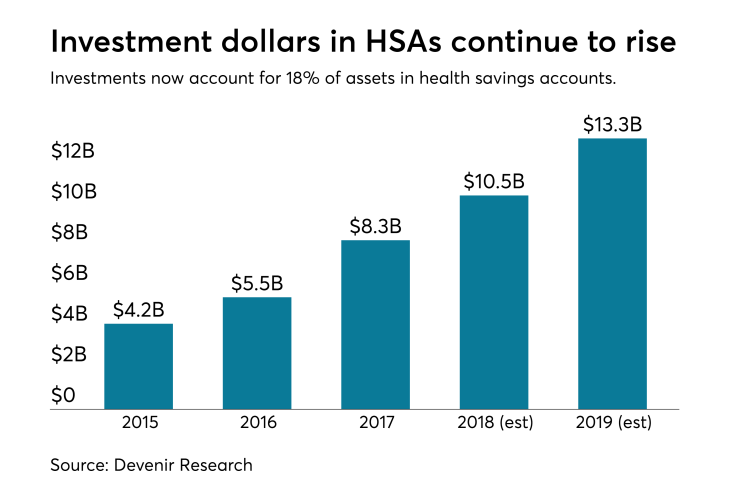If anyone needed any reminding, health insurance is still an urgent matter to today’s employees. According to Employee Benefit Research Institute’s 2017 Health and Workplace Benefits Survey, 83% of the workforce said that health insurance was very or extremely important in deciding whether to stay in or change jobs. Yet research has uncovered that employees tend to delay or disengage from retirement and healthcare decisions, which they view as difficult and complex.
Fortunately, with consumer-driven healthcare plans and
See also:
Employers should consider the following five elements when choosing a health savings administrator, or for evaluating the one with which you’re currently working.
1. Minimize risk by ensuring business alignment. Look for a health savings administrator that aligns with your company’s mission and business goals. Lack of business alignment can create real risks to your organization and employees, and can damage your company brand and employee experience. For example, if your account administrator nickels-and-dimes you and your employees with added fees, you’ll experience higher costs and reduced employee satisfaction.
2. Service, support are key to employee satisfaction. It’s a fact: Employees will have HSA-related questions — probably a lot of them. Their questions may range from pharmacy networks and claims to the details of IRS rules. That’s why account management and customer service support from your health savings administrator are vital. Having first-class customer service means that employees will be better educated on their savings accounts, which can result in HSA adoption and use to their fullest potential.

3. Education, communication drive adoption. Educating employees about health savings accounts using various methods is critical, especially in the first year of adoption. This ensures your employees understand the true benefits and how to maximize their account. As CDHPs require more “skin in the game,” consumers show a higher likelihood to investigate costs, look for care alternatives, use virtual care options, and negotiate payments with providers. These are all positive outcomes of HSA adoption, and an HSA administrator oftentimes can offer shopping, price and quality transparency tools to enable your employees to make these healthcare decisions.
4. Understand the HSA admin’s technology. Because most spending and savings account transactions are conducted electronically, it’s critical that your administrator’s technology platform be configured to deliver a positive user experience that aligns with your expectations. It should allow for flexibility to add or adjust offerings, and enable personalization and differentiation appropriate for your brand.
Be aware that some vendors have separate technology platforms, each running separate products (i.e., HSAs versus FSAs) and only integrate through simple programming interfaces. Because the accounts are not truly integrated, consumers may need to play a bigger role in choosing which accounts their dollars come from and how they’re paid, leading to consumer frustration and an increase in customer service call volume. With a fully integrated platform, claims flow seamlessly between accounts over multiple plan years, products and payment rules.
5. Evaluate your financial investment. Transparent pricing and fees from your health savings administrator is important. Administrators can provide value in a variety of ways including tiered product offerings, no traditional banking fees or hidden costs, and dedicated customer service. It’s important to know what these costs are up front.
Evaluate your financial investment by knowing whether or not your health savings administrator charges for program upgrades, multiple debit cards, unique data integration requirements, ad-hoc reports and more. These fees can add up and result in a final investment for which your company didn’t plan. And, it’s best to know in advance if your account holders will be charged any additional fees. Not communicating these potential fees at adoption can lead to dissatisfaction, which can then hurt your employee satisfaction ratings and complete adoption of the savings account products.
Choosing a health savings administer is a critical decision that affects not only employee satisfaction but the entire company. With eight in 10 employees ranking their benefits satisfaction as extremely or very important in terms of job satisfaction,





